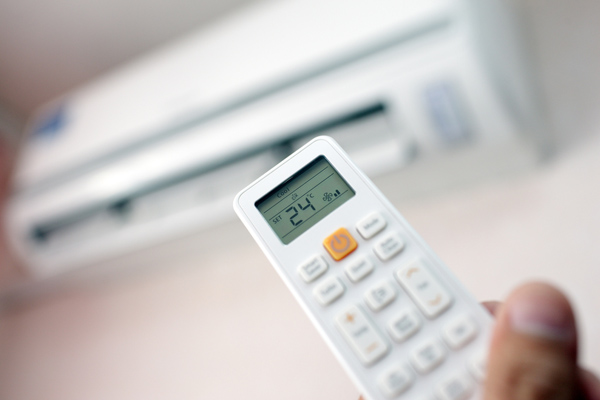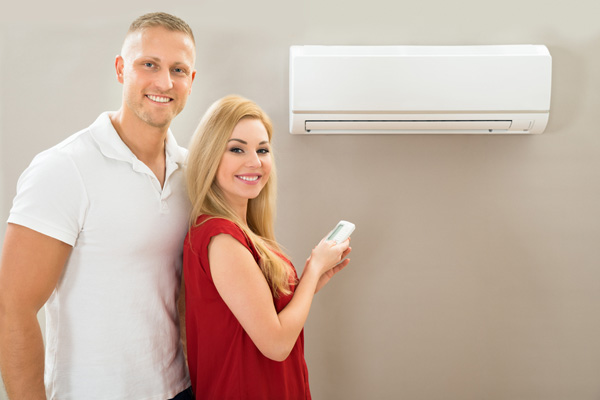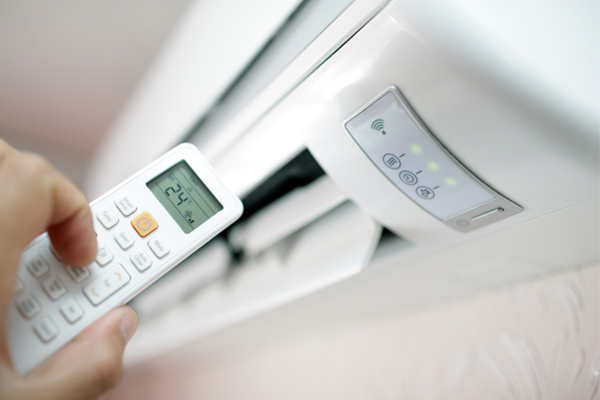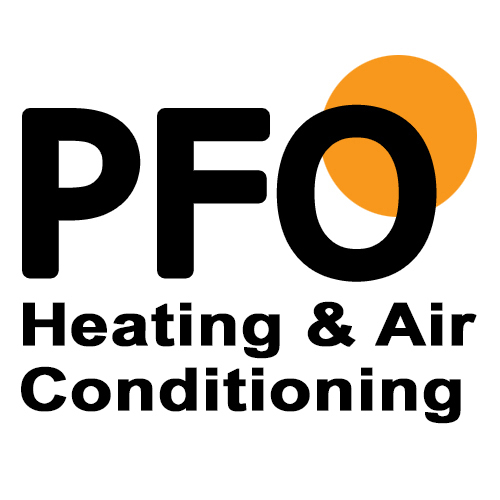
Lots of homeowners are making the switch to mini-split systems. They are an exceptional solution to any of your heating or cooling problems. For a mini-split to work properly, you need a controller that is compatible. Your ductless mini-split controls will ensure you use your unit’s full potential and meet the needs of your home.
The more control you have over your mini-split system means you and your family will experience more home comfort. With the right control strategy, even problem areas (sunrooms, attics, new additions) will be the temperature you want them to be.
The perfect controller will not only have your mini-split system running at optimum efficiency, but it will also allow you to meet your household’s specific preferences.
What Is A Ductless Mini-Split Controls?
Contents
An HVAC controller is a device that allows you to communicate easily with your cooling and heating system. These controllers can be simple, handheld remotes with only essential functions. But they can also be more sophisticated, wireless devices that allow you to control your unit from a smartphone.
Indoor air handlers are all equipped with sensors to control heating, cooling, and dehumidification of your system. A controller is used to signal these sensors to achieve the comfort you want. The technology in the controller will then assist in maintaining that comfort level.
Mini-splits are a great solution to any heating, cooling, and energy-efficiency issues you may have. The controller lets you customize your comfort to your wants and needs. With the right controller, your mini-split will work to its full potential.
This article will go over all the different types of controls. Each controller has different capabilities, so it’s important to understand each before making a choice on which to purchase and install.
Controller Functions

Different controllers have different functions depending on your specific system’s make, model, and brand. Most controllers have the following functions.
- On/Off Display – The on/off display indicates if the unit is in operation.
- Mode Setting – There are usually four modes available to set. They include AUTO, DRY, COOL, and HEAT. AUTO mode switches between HEAT and COOL modes. It will change to HEAT when the temperature is low and to COOL when the temperature is high.
- DRY mode cycles the compressor on and off for a couple of minutes, depending on the room temperature. COOL is used to cool the room. HEAT mode is used to warm up the room.
- Economical Mode – This mode activates the economy or sleep function. When in use, your system will raise the set temperature in pre-set steps. For example, the temperature increases by one degree after one hour then increase two degrees after two hours. Many people use this mode at night when they go to sleep and to help save energy.
- Fan Speed – This mode determines the speed of the fan, Low, Medium, High, or Auto. The Auto setting automatically changes based on the room temperature.
- Timer – The timer allows you to set how long you want your system on or off.
- Air Louver – This function lets you direct the airflow to where you want it. Some units have a right and left louver control. Others have up or down control.
Basic Controls
Indoor units come with a handheld controller. But, most do not come with a smart thermostat. Those are something homeowners need to purchase separately.
A handheld controller works similarly to your TV remote. You can only communicate with one indoor unit at a time and manually control it by turning it on or off. You can set a specific temperature, and if you want the system in heating or cooling mode. It also lets you manage vane direction and airspeed. Some controllers also have timers and sensors to allow for even better convenience and comfort.
This type of controller may be perfect for you if you have a single-zone unit for a room that is infrequently used. A controller that allows you to control multiple units is helpful if you have multi-zone mini-splits.
Programmable Controls

If you are considering a multi-zone mini-split system, you’ll want a device to control all your indoor units from one controller. Otherwise, you’ll see that it is a hassle to manually control each individual unit.
Programmable thermostats have all of the same functions as a standard controller, but it also has a feature called automated daily settings. It allows you to set the temperature ranges you want for the day. To make sure all your units receive the settings you want, they have technology that is able to work through walls. These settings include fan speed, temperature, airflow direction, and operation mode.
To ensure capability between your controller and mini-split system, make sure they are the same brand.
Smart Controls
Besides just scheduling set parameters, smart thermostats can do lots of other helpful things. One useful feature is real-time weather notifications and predictions. The predictions allow your unit to adjust certain settings automatically. It can also remember your preferences and anticipate the settings you want depending on the time and temperature.
Many smart thermostats come equipped with multi-zone sensors to help with home security and safety. These sensors are able to detect humidity in the home. It will make sure each room is the preferred temperature, and also control your ventilator, dehumidifier, and humidifier.
Smart thermostats also have the ability to connect with security devices such as carbon monoxide, detectors, smoke detectors, and cameras. If your home’s temperature ever reaches dangerously high or low temperatures you will receive a notification on your phone.
A disadvantage of smart controllers is that they tend to be more costly and harder to install than their counterparts. Each indoor air handler requires a smart thermostat and a thermostat adapter to be installed. Both are needed to communicate properly with one another. Something else to consider is that some smart thermostats might not work correctly with mini-split heat pumps. And even if it does work, there’s a chance of problems with its functionality and things like vane direction and fan speed, and controlling humidity.
Wi-Fi Adapters
Smart thermostats are a tempting option. But, if you want to avoid extra costs while still increasing your home comfort, then a wi-fi adapter is a great option. Wi-fi adapters have the same functionality as a programmable controller with the convenience of a smart thermostat. It is convenient and won’t take up your whole budget.
Wi-fi adapters are brand specific, so be extra careful when purchasing one to make sure it is compatible with your mini-split. The device is installed in each indoor unit and then you can control it with an app on your smartphone, computer, or tablet. After that easy setup, you’ll have complete control of your mini-split right at your fingertips.
Integrated Controls
If you already have heating and cooling systems in your home but are looking to supplement them with a mini-split, consider a RedLink controller. This controller allows you to control your mini-splits altogether.
With RedLink Technology, you are able to connect up to 16 devices to your cooling and heating systems. You can operate your units from a smart device or a central controller. This integrated control system will supplement the HVAC equipment you already have and help save on energy costs.
Conclusion
It’s important to understand your different options when it comes to what controller you should purchase and install in your home. Each controller will give you a different level of home comfort. Contact a qualified HVAC technician to learn more about how a controller can help suit your home’s needs.
Check Out One Of Our Ductless Installation Projects
Mitsubishi Ductless Installation Project In Rocky Hill, New Jersey
Call PFO Heating & Air Conditioning To Learn More About Ductless HVAC Systems
 Interested in learning more about ductless HVAC systems? For all your HVAC system needs, call PFO Heating & Air Conditioning today. Our technicians are all professionally certified, and they have a great deal of experience. They’ll also determine what your home comfort needs are and find the best and most affordable solutions to meet them.
Interested in learning more about ductless HVAC systems? For all your HVAC system needs, call PFO Heating & Air Conditioning today. Our technicians are all professionally certified, and they have a great deal of experience. They’ll also determine what your home comfort needs are and find the best and most affordable solutions to meet them.
As a full-service HVAC company, PFO Heating & Air Conditioning offers an array of HVAC services. This includes heating and cooling installations, tuneups, repairs, and much more. We offer free, in-home consultations. Call now to schedule an appointment.
Click here to contact us now or call us at (800) 253-9001 to find out more!



